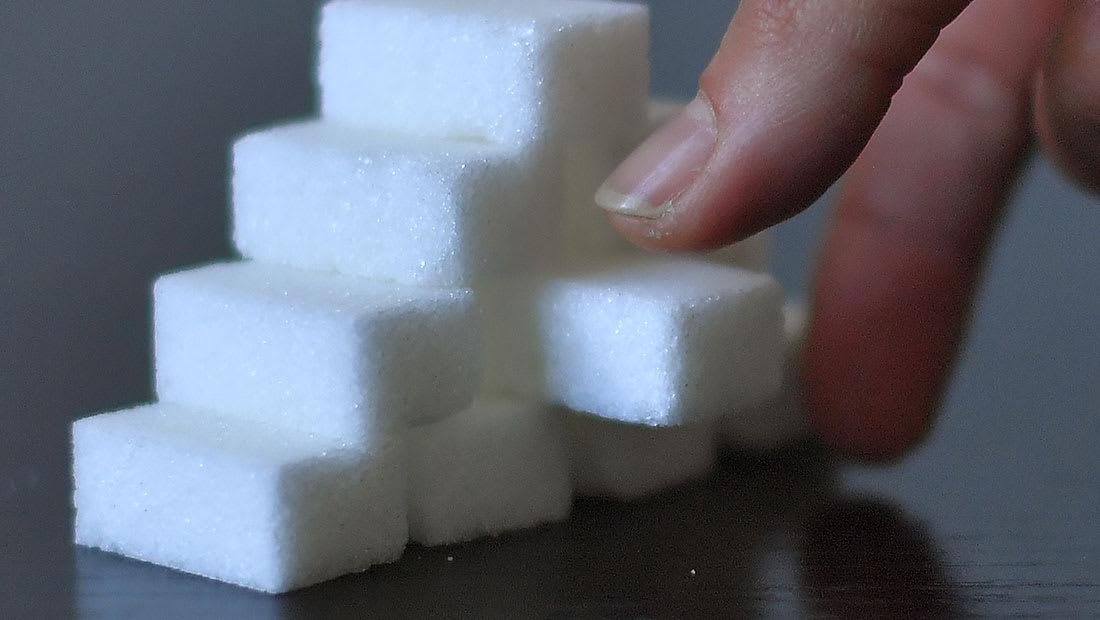دبي، الإمارات العربية المتحدة (CNN)-- سلطت دراسة قديمة الضوء على ماضي قطاع صناعة السكر المثير للجدل، وأسراره الكثيرة.
وتقترح تلك الدراسة، التي أجريت في ستينات القرن الماضي، وجود رابطٍ بين الحمية الغذائية التي تحتوي على الكثير من السكر، وارتفاع مستويات الكوليسترول في الدم، والإصابة بمرض السرطان لفئران التجارب في المختبر.
وبحسب موضوع نُشر في مجلة "PLOS Biology،" فإن تلك الدراسة حينها أُجريت برعاية من قطاع تصنيع السكر.
لكن، لم تنشر الدراسة أبداً، وأصبحت منسية حتى الآن. ويقول بروفيسور الطب في فرع جامعة كاليفورنيا في مدينة سان فرانسيسكو الأمريكية، ستانتون غلانتس، والذي شارك في كتابة الموضوع: "ما نعرفه هو أن الدراسة سحبت ولم ينشر أي شيء."
وتشير تلك الدراسة "الغامضة" إلى وجود أدلة حول ضرر الإفراط في تناول السكر وتأثيره على الصحة. ويقترح الموضوع أيضاً أن مؤسسة كانت موجودة حينها تدعى "Sugar Research Foundation" قد تكون تلاعبت بنتائج البحث العلمي لصالحها.
وقام كتاب الموضوع مسبقاً بتحليلات منفصلة للملفات والدراسات السابقة لقطاع صناعة السكر، ونشرت تلك التحليلات في مجلة "JAMA Internal Medicine" الطبية. واقترحت تلك التحليلات أن مؤسسة "Sugar Research Foundation" قد دعمت مسبقاً برنامج بحثٍ ألقى بشكوك حول حقيقة الأضرار الصحية للحميات الغذائية الغنية بالسكر، ليروج بالمقابل أن الدهون هي "المتهم الغذائي" المسؤول عن الأمراض، كأمراض القلب.
واعترضت المؤسسة، التي أصبح اسمها اليوم "Sugar Association" (جمعية السكر)، على التحليل الذي نشر في مجلة "JAMA Internal Medicine،" وعلى الموضوع الذي نشرته مجلة "PLOS Biology."
وأخبرت المؤسسة شبكتنا أن الموضوع "ليس دراسة في الواقع، بل مجرد وجهة نظر، أي مجموعة من التوقعات والافتراضات حول أحداث وقعت منذ خمسة عقود تقريباً، وأجرتها حينها مجموعة من الباحثين ومولها العديد من الأفراد والمؤسسات، والذين لطالما عرفوا بمعارضتهم لقطاع تصنيع السكر."
وأشارت المؤسسة إلى أن الدراسة التي تحدث عنها الموضوع لم تنشر بسبب "تأجيلها لفترة طويلة،" و"ارتفاع ميزانيتها بشكل كبير."
ومن جهتها، تقول الكاتبة الرئيسية للموضوع، كريستين كيرتز، إنها علمت عن الدراسة عندما كانت تجمع وتحلل رسائل ما بين المسؤولين التنفيذيين في مؤسسة "Sugar Research Foundation" ومجموعة من العلماء بين العامين 1959 و1971.
ولاحظت حينها أن الدراسة ذُكرت في كتاب منفصل نشرته مؤسسة "Sugar Research Foundation." ووجدت كيرتز الكتاب في مكتبة عامة.
ووفقاً لكيرتز، فإنه أُطلق على الدراسة اسم "Project 259،" وتكفلت المؤسسة بتمويل 15 شهراً من تكاليفها، ما بين العامين 1968 و1969.
ولدى دراستها للموضوع أكثر، وجدت كيرتز أن اكتشافين نتجا عن تلك الدراسة، ليسا مناسبين لقطاع تصنيع السكر.
وبينت الدراسة أولاً أن بول فئران المختبر التي تناولت كميات أكبر من السكر احتوى على كمية أكبر من أنزيم " beta-glucuronidase"، مقارنة بالفئران التي تناولت حمية عادية غنية بالنشاء. وقد أثبت علمياً ارتباط هذا الأنزيم بسرطان المثانة.
وأظهرت دراسة "Project 259" تراجعاً كبيراً في ثلاثي الغليسيريد، وهو أحد أنواع الدهون الأساسية الموجودة في الدم، لدى الفئران التي تناولت حميات غنية بالسكر والتي انخفض عدد البكتيريا الموجودة في أحشائها، مقارنة بالفئران العادية التي تناولت حميات طبيعية. ويطلق على الميكروبات المتعايشة في جسم الإنسان "ميكروبايوم."
لكن، تبقى الدراسة محدودة، وخصوصاً أن الآثار التي ظهرت على الفئران ليست بالضرورة مطابقة لتلك التي يتفاعل معها الجسم البشري.

